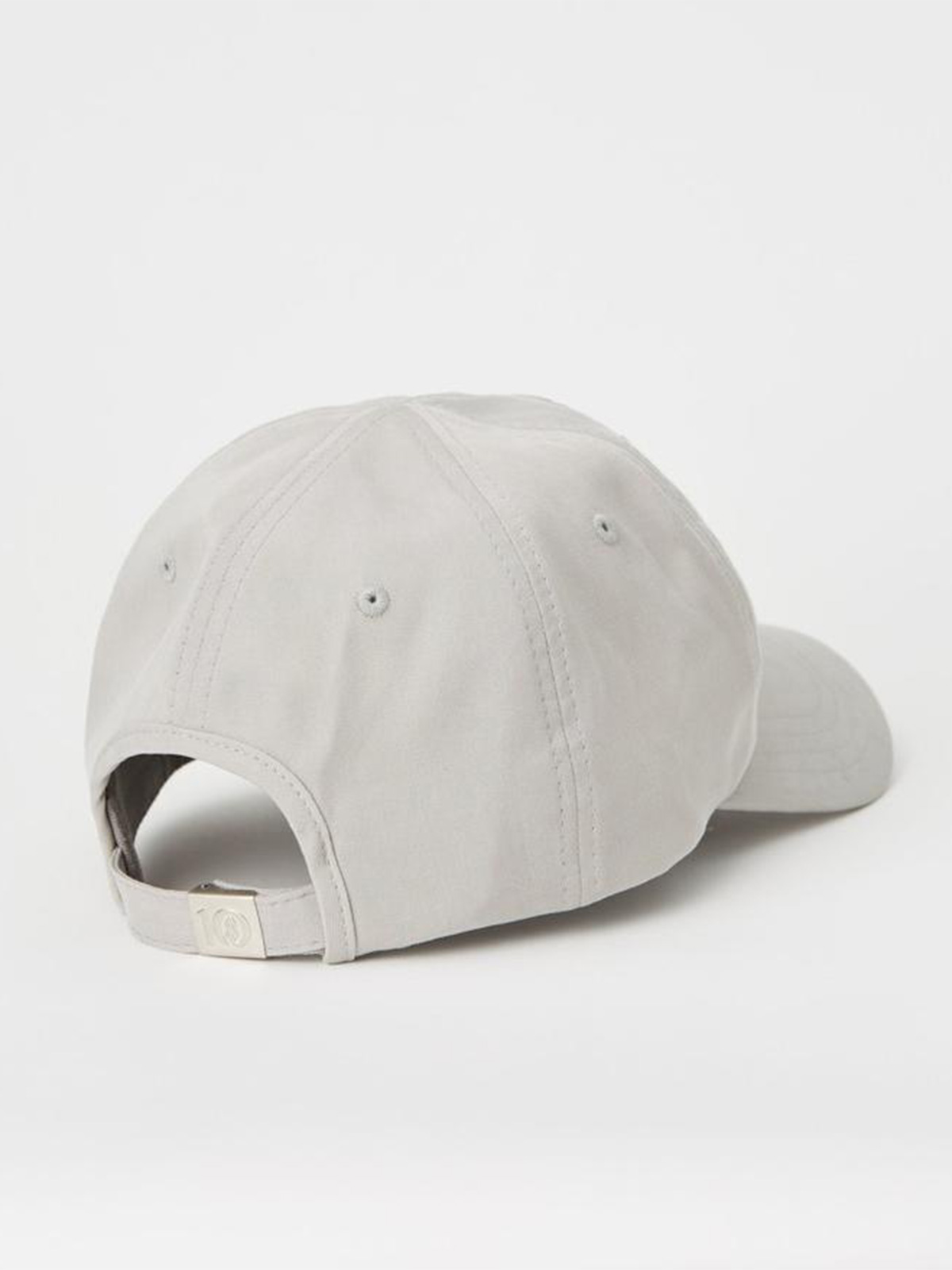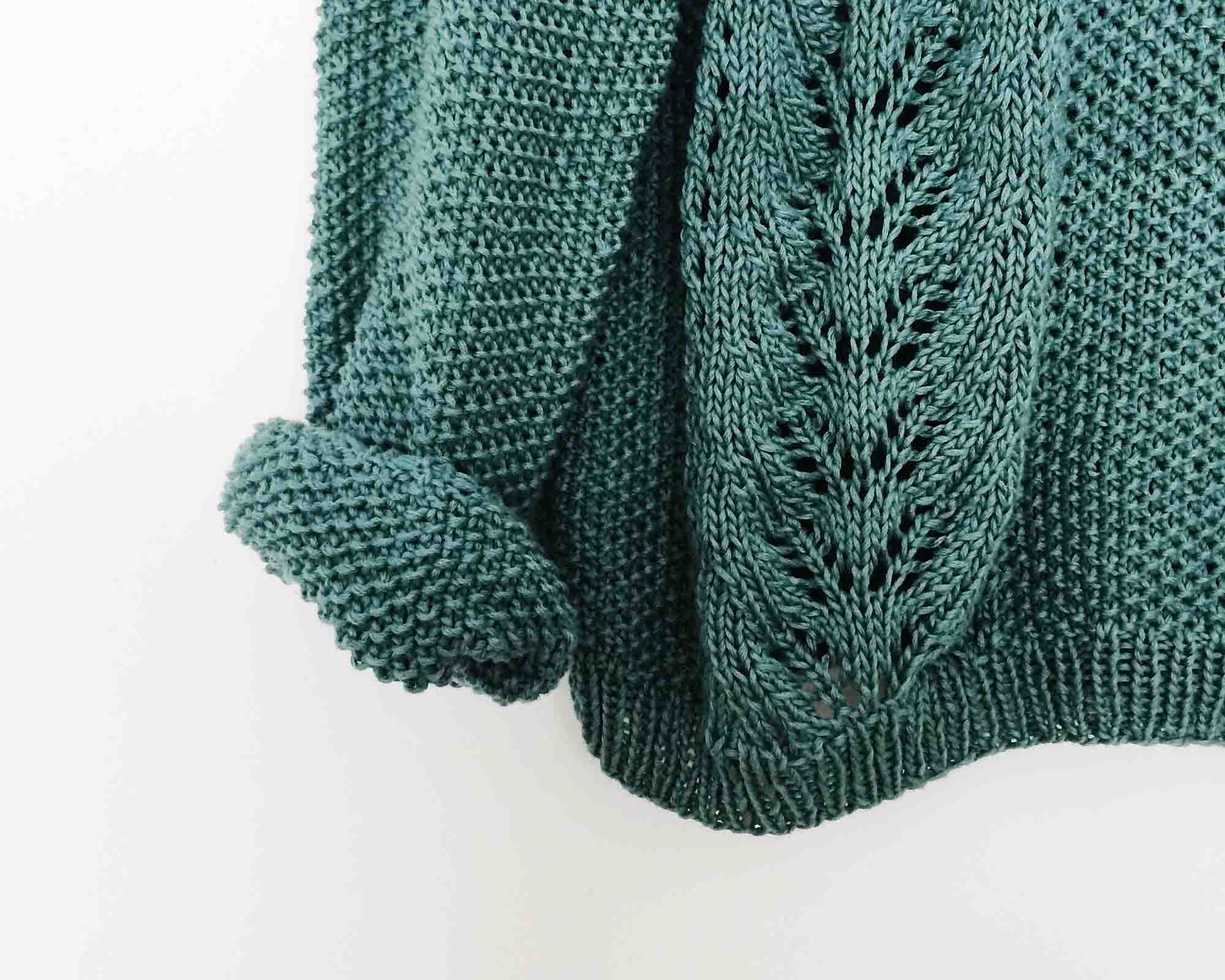We know keeping clothes around for as long as possible is one of the best things we can do to reduce their impact. So how do you take care of your clothes and make sure they stay in top condition?
We all know the fashion industry carries a hefty environmental footprint. From systemic and supply issues to the treatment of animals and people, much work is needed to clean up our clothing production. As individual citizens and purchasers of clothing, we are inherently woven into, and can’t discount, our role in fashion’s footprint on the planet. Thankfully, there are big and small actions we can take to help the situation: some obvious, some subtle. But one crucial part of the sustainability puzzle of our wardrobes is how to care for our clothes, since keeping them around for as long as possible is one of the best things we can do to reduce their impact!
Whether your clothes are new or second hand, caring for them requires understanding, consideration, and sometimes a little bit more time to ensure your clothing maintenance routine is the best it can be. This is crucial to maximising and expanding the life of our garments, which will save some pennies as well! Here is our go-to list for how you can win at clothing care.
Know your fabrics
Knowing the fabrics that make up our clothing can be a complicated game. You can find many different combinations on a care label at any one time—plant-based, animal-based, synthetic, blended, organic, and much more. Positively, we are seeing a shift to more innovative alternatives over resource-intensive, traditional fabrics. TENCEL® Lyocell, organic cotton, and Piñatex are a few to keep an eye out for. As materials change and we find more sustainable ways of manufacturing, the care label on our clothing and accessories is the key starting point to caring for our clothes.
To be able to wear clothes until they are truly worn out, gauge what fabrics you are dealing with and understand the different washing detergents, wash cycles, and drying needs for each garment. For example, cotton, a pretty durable fabric, is washed differently from the more delicate silk or linen. Begin to group your fabrics in similar bundles so you can effectively care for them. As a result, you will also have good oversight of the materials in your wardrobe, which can guide you when you next purchase new or second hand to choose more sustainable fabrics!
Pick the right washing detergents
So often, we see harsh washing powders, bleaches, sprays, and other chemicals as our only option for washing our clothing, but what is the long term impact of these on our clothing? These harsh chemicals can wear down the fibres of our clothes, make them more susceptible to holes, and fade their colour, let alone the environmental damage they cause. I maintain the quality of my clothing by using more environmentally aligned laundry products with fewer chemicals (avoiding plastic if you can).
There are many homemade, DIY options as well that are simple and fun to make, solely using items from your pantry. Stain remover and washing powder recipes are a great starting point. You can use a recycled jar and source ingredients from your local bulk foods store. And who says everything needs a load of washing to clean it? Spot cleaning can be the way to go when items aren’t really dirty and don’t need a full wash.
If your clothing is grouped by fabrics when you wash it, you should only have to do a few loads a week, and you can use the appropriate washing detergent for each different variety. For example, delicates such as linen, hemp, silk, and more like liquid detergents and wool wash, whereas cottons and more durable fabrics tend to like powders or more heavy-duty products. Second hand items specifically also do well in a delicate cycle, and if appropriate, in a delicates bag.
Be aware when washing synthetics that residual microfibres shed into waterways and are a serious pollution issue. A Guppyfriend bag is a great laundry companion to prevent most microfibres from releasing in your washing machine.
Wash on a cold cycle (and less often)
Water temperature is important, too. According to Smithsonian Magazine, washing clothes on a hot cycle uses 75% more energy than cold water washes, and warm water is also more likely to break down dyes and cause shrinkage. This means that by washing only with cold water you’re not only reducing your energy consumption and saving money, you’re also extending the life of every piece of clothing. And if the reason you like to wash on a hot cycle is for the antibacterial benefits, then adding ½ a cup of white vinegar with 20 to 25 drops of tea tree oil can be just as effective.
Don’t forget the other tool up your sleeve—washing less often. A huge contributor to clothes wearing out is how often and unnecessarily we wash them. Take jumpers, jeans, and undergarments such as bras—these can be worn a number of times before washing is called for. Simply air them out before storing them, and they are good for a few wears. This is the same in winter for other clothing items (as we generally sweat less) and also in summer for clothing we wear to the beach, which we have on only briefly before diving into the water!
Next time, take a moment to assess your garments before throwing them straight in the washing basket. You will also save yourself time and effort by doing this!
Dry responsibly
The drying part of the caring equation may seem simple, but it is a crucial step! Drying using a clothes rack is the best way to keep your clothes fresh and ideal for extending the life of your clothing—not to mention it will reduce your footprint, as the dryer is one of the most energy-intensive appliances in the home! Remember to hang delicate and coloured clothes inside out, so they don’t bleach from the sun, and as a bonus, why not track down some more eco-friendly pegs like these steel ones from Flora & Fauna to reduce your plastic consumption along the way?
Get mending
For long wear items in your wardrobe and anything second hand, they’ve been through a lot before landing in your wardrobe and sometimes need a little extra TLC. The decision to fix or update a garment before you toss it not only saves you money but also allows you to get creative and view your old clothes from new angles, meaning you’re less likely to make those impulsive fast fashion buys. Darning a hole here and there is an excellent way to keep your clothing in circulation even longer. If darning or DIY tailoring is not quite top of your to-do list, then most local dry cleaners offer repair services at very competitive rates to make small changes such as hemming or patching. It’s a cheap and quick option that can reinvigorate and breathe new life into an old favourite.
Store your clothing right
We all know the feeling of opening the wardrobe to find moth holes, mould from rising damp, or winter woollies a bit worse for wear after a summer in storage. Giving your clothing good aeration, space between hangers, and drawers that aren’t stuffed to the brim can help avoid wear and tear of your clothing. Another hot tip is to establish a capsule wardrobe and, at the end of each season, bundling clothing items together (cleaned, of course!) in an appropriate place. You can also tuck them into a vacuum seal bag for space efficiency and rotate them in for your summer capsule or winter capsule!
Do your best to buy less
Now you know how to care for your existing clothes, a fundamental and often overlooked component of clothing care is not having an abundance of them! With these good habits and a plan to extend the life of your clothes, buying less is a gateway to minimising your fashion footprint, all while saving money, living more sustainably, and valuing the fabulous garments you already own. People don’t care if you wear the same thing twice, and with a quality assortment of well looked after clothes and accessories, you can mix and match more effectively and find novelty in what you already own.
Quick clothing care tips
- Synthetics – Be aware of microplastics from these fibres and wash less often if you can to minimise shedding.
- Plant-based fibres – Wash on a delicate cycle with like colours, using liquid, plant-based detergents in a delicate bag if needed.
- Animal-based fibres – Store appropriately to avoid mould and wear and tear, and read the care label for each item in detail.
- Leather – Use leather protection or conditioner when needed (test anything you use on a small patch first to ensure it’s compatible.)
- Knitwear – Wash in cold water by hand (a bucket is ideal) and dry flat in the shade, inside out. Never hang knitwear on a coat hanger. AND you can even keep lavender nearby to deter moths!
- Swimwear – Wash swimwear with minimal detergent by hand, avoiding the washing machine if you can but using a washing bag if you must. You can often simply rinse swimwear in warm (not hot) water, particularly for saltwater swimming. If swimming in chlorine, use a bit of liquid detergent to rid the swimwear of chemicals. Your best bet is to then lay your swimmers flat to dry in the shade. This will stop the elastic and stretch of the material from wearing out and prevent fading.
- Bras – Rotate your bras each day and consider hand washing them when the time comes. You can even do it in the shower!
- Footwear – Store in a ventilated space, and wipe with a damp cloth before storing if they are scuffed about.



















